The Impact of Air Traffic Control on Stansted Airport
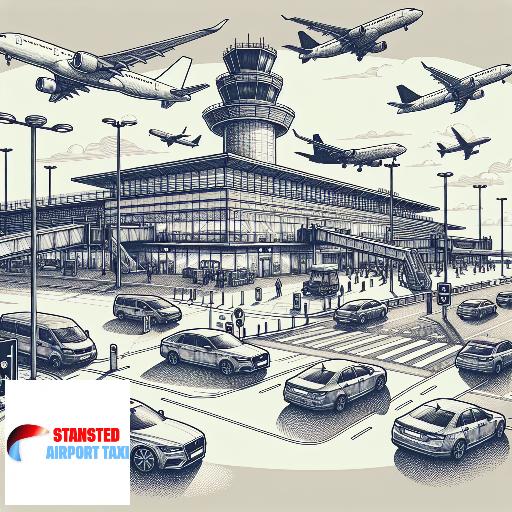
Air Traffic Control System at Stansted Airport
Air Traffic Control (ATC) at Stansted Airport plays a pivotal role in ensuring the smooth operation of one of the UK's busiest airports. The ATC system is responsible for managing the safe and efficient movement of aircraft both on the ground and in the air. It is a complex system that requires precision and constant communication. The impact of ATC on Stansted Airport is significant. It not only ensures the safety of thousands of passengers daily but also contributes to the airport's efficiency and punctuality. The ATC system at Stansted is constantly evolving to keep up with the increasing demand and technological advancements. It is a critical component in maintaining the airport's reputation for reliability and safety. Without the ATC system, the airport would struggle to manage the high volume of traffic it receives, leading to delays and potential safety risks. Therefore, the ATC system at Stansted Airport is indispensable for its successful operation.
Impact on Flight Schedules
Air traffic control (ATC) plays a crucial role in managing flight schedules at Stansted Airport. Any disruption or inefficiency in ATC can significantly impact the airport's operations, leading to delays, cancellations, and a ripple effect on global travel. The ATC at Stansted is responsible for coordinating the movement of hundreds of flights daily, ensuring safety and efficiency. However, factors such as weather conditions, technical glitches, or increased traffic can strain the ATC, causing disruptions. For instance, poor visibility can lead to increased spacing between aircraft, reducing the airport's capacity and causing delays. Similarly, technical issues can slow down communication and coordination, affecting flight schedules. Moreover, a surge in air traffic can overwhelm the ATC, leading to congestion and delays. Therefore, the performance of the ATC at Stansted Airport has a direct and significant impact on flight schedules, highlighting the need for continuous improvements and upgrades in this area.
Safety Measures
Air traffic control (ATC) plays a crucial role in maintaining safety at Stansted Airport, one of the busiest airports in the UK. The ATC team at Stansted is responsible for managing the safe and efficient movement of aircraft on the ground and in the airspace around the airport. They use advanced radar and communication systems to monitor and direct aircraft, ensuring they maintain safe distances from each other. In response to the increasing volume of air traffic, Stansted has implemented several safety measures. These include the use of sophisticated air traffic management systems to optimize flight paths and reduce the risk of collisions. Additionally, the airport has invested in advanced training for its ATC staff to ensure they are equipped to handle complex traffic scenarios. Furthermore, Stansted has strict protocols in place for emergency situations, including rapid response teams and state-of-the-art firefighting equipment. These measures ensure that the impact of air traffic control on safety at Stansted Airport is positive, contributing to the airport's reputation for safety and efficiency.
Environmental Impact
Air traffic control at Stansted Airport plays a significant role in managing the environmental impact of aviation operations. The control tower's strategic management of flight paths and landing schedules can significantly reduce fuel consumption and, consequently, carbon emissions. However, the increasing volume of air traffic at Stansted, one of the UK's busiest airports, poses a significant environmental challenge. The noise pollution from aircraft take-offs and landings affects local communities, while the carbon emissions contribute to global climate change. Furthermore, the airport's expansion plans could exacerbate these issues, leading to increased air and noise pollution. Therefore, it is crucial for air traffic control to implement efficient flight management strategies to mitigate these environmental impacts. This includes optimising flight paths for fuel efficiency, managing flight schedules to reduce noise pollution during sensitive hours, and supporting the transition to more sustainable aviation fuels. In conclusion, air traffic control at Stansted Airport has a significant role to play in managing the environmental impact of aviation operations.
Economic Impact
Air traffic control (ATC) plays a significant role in the economic impact of Stansted Airport. As the third busiest airport in the UK, efficient ATC operations are crucial to ensure smooth and timely flights, which directly influence the airport's profitability. The ATC's ability to manage flight schedules effectively reduces delays and cancellations, thereby enhancing passenger satisfaction and loyalty. This, in turn, boosts the airport's revenue from passenger-related charges and retail sales. Moreover, efficient ATC operations also attract more airlines to operate from Stansted, further increasing its income from landing and parking fees. However, any inefficiencies in ATC can lead to increased operational costs, such as fuel wastage due to longer flight times and holding patterns. Therefore, the impact of ATC on Stansted Airport's economic performance is profound, underlining the need for continuous investment in ATC infrastructure and personnel training.
Technological Advancements
Technological advancements have significantly impacted air traffic control at Stansted Airport, enhancing efficiency and safety. The introduction of digital control towers has revolutionized operations, providing controllers with a 360-degree view of the airfield. This technology uses high-definition cameras and sensors to track aircraft movements, reducing the risk of accidents. Additionally, the implementation of advanced radar systems has improved the detection and tracking of aircraft, even in adverse weather conditions. The use of automated systems for flight data processing has also streamlined the management of flight plans, reducing delays and improving passenger experience. Furthermore, the integration of AI and machine learning technologies has enabled predictive analysis for traffic management, optimizing runway usage and reducing congestion. These technological advancements have not only improved the operational efficiency of Stansted Airport but also significantly enhanced its capacity to handle increasing air traffic, ensuring its readiness for future growth.
Impact on Airline Companies
The impact of Air Traffic Control (ATC) on Stansted Airport has significant implications for airline companies. ATC is responsible for managing the safe and efficient flow of aircraft in and out of the airport. Any disruptions or inefficiencies in this system can lead to delays, cancellations, and increased costs for airlines. For instance, if ATC is understaffed or lacks the necessary technology to manage traffic effectively, airlines may experience increased turnaround times, leading to scheduling issues and potential loss of revenue. Furthermore, any changes in ATC procedures or regulations can also affect airlines, requiring them to adapt their operations accordingly. Therefore, the performance and efficiency of ATC at Stansted Airport are crucial for the smooth operation of airline companies. Any shortcomings in this area can have a significant impact on their profitability and customer satisfaction.
Regulatory Policies
Regulatory policies play a crucial role in managing the impact of air traffic control on Stansted Airport. These policies are designed to ensure safety, efficiency, and environmental sustainability. The Civil Aviation Authority (CAA) is the regulatory body that oversees air traffic control in the UK. It sets standards for air navigation service providers, like NATS, which manages air traffic at Stansted. The CAA's policies focus on reducing delays, minimizing environmental impact, and maintaining high safety standards. For instance, it enforces flight paths and altitudes to reduce noise pollution and carbon emissions. It also mandates regular maintenance and upgrades of air traffic control systems to ensure safety. Moreover, the CAA's economic regulation aims to promote competition and prevent monopolistic practices. These regulatory policies have a significant impact on Stansted Airport's operations, influencing its capacity, efficiency, and environmental footprint. Therefore, understanding and complying with these regulations is crucial for the airport's successful operation.
Training and Staffing
Air traffic control (ATC) plays a crucial role in the smooth operation of Stansted Airport, one of the busiest airports in the UK. The ATC team is responsible for managing the safe and efficient movement of aircraft on the ground and in the air. Therefore, proper training and staffing are essential to ensure the ATC team can handle the high volume of traffic and complex operations at Stansted. Training for ATC staff at Stansted is rigorous and comprehensive, covering areas such as air traffic management, safety protocols, and emergency response. This training equips them with the skills and knowledge to manage the airport's busy airspace and coordinate the movement of hundreds of flights daily. Staffing is another critical aspect. Adequate staffing levels are necessary to manage the workload effectively and maintain safety standards. Stansted Airport ensures that the ATC team is adequately staffed at all times, with contingency plans in place for peak times and emergencies. In conclusion, training and staffing are vital for the impact of air traffic control on Stansted Airport's operations. They ensure the safe and efficient movement of aircraft, contributing to the airport's overall performance and reputation.
Future Projections
Future projections for the impact of air traffic control on Stansted Airport indicate a significant increase in efficiency and safety. With the advent of advanced technologies such as artificial intelligence and machine learning, air traffic control systems are expected to become more accurate and reliable. This will enable the airport to handle a higher volume of flights without compromising safety. Furthermore, the implementation of digital control towers could revolutionize air traffic management at Stansted, providing controllers with a 360-degree view of the airfield and real-time data. This will not only enhance situational awareness but also improve decision-making during critical situations. However, these advancements will require substantial investment and rigorous testing to ensure their effectiveness. Overall, the future of air traffic control at Stansted Airport looks promising, with potential for significant improvements in operational efficiency and safety.
Our Latest Blog Posts

Stansted Airport: A Guide to the Employee Engagement Process
Stansted Airport prioritizes employee engagement, fostering a positive work environment. The process involves regular communication, feedback sessions, and team-building activities. This approach e ...
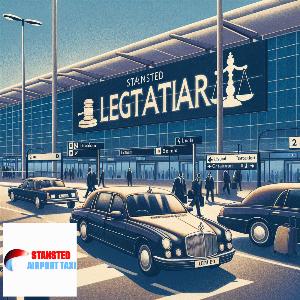
Stansted Airport: A Guide to the Litigation Process
Stansted Airport has been a focal point of legal disputes, involving expansion plans and environmental concerns. This guide explores the litigation process, providing insight into the complexities ...

The Role of Stansted Airport in Renewable Energy Utilization
Stansted Airport plays a pivotal role in renewable energy utilization, pioneering in sustainable practices. It harnesses solar power for operations, reducing carbon emissions significantly. This co ...
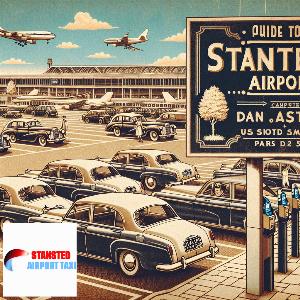
A Comprehensive Guide to Stansted Airport Parking
Explore our comprehensive guide to Stansted Airport Parking, offering detailed insights into various parking options, costs, security measures, and booking procedures. Navigate your way effortlessly ...
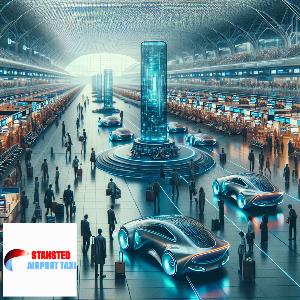
The Impact of Airline Disruption on Stansted Airport
Airline disruptions at Stansted Airport have significant impacts, causing flight delays, cancellations, and passenger dissatisfaction. These disruptions also affect airport operations, leading to f ...

Understanding the Efficiency of Stansted Airport Transfers
Stansted Airport transfers offer a seamless travel experience with their punctuality and convenience, ensuring passengers reach their destinations efficiently and comfortably, making them a top cho ...
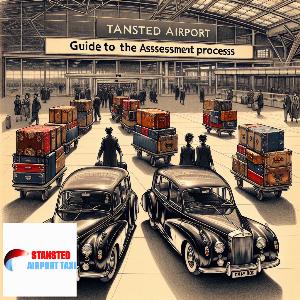
Stansted Airport: A Guide to the Assessment Process
Stansted Airport's assessment process is a comprehensive system ensuring safety and efficiency. It includes rigorous security checks, meticulous baggage handling, and stringent health protocols. Th ...
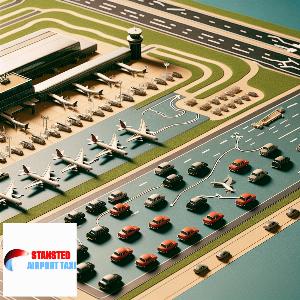
Stansted Airport: A Guide to the Redeployment Process
Stansted Airport's redeployment process is a strategic approach to optimize staff efficiency. It involves reassigning personnel to different roles or departments, based on their skills and the airp ...
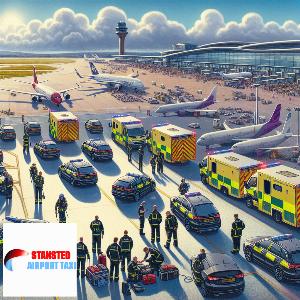
The Role of Stansted Airport in Emergency Services
Stansted Airport plays a crucial role in emergency services, serving as a key hub for air ambulances and rapid response teams. Its strategic location allows swift deployment of aid, ensuring timely ...
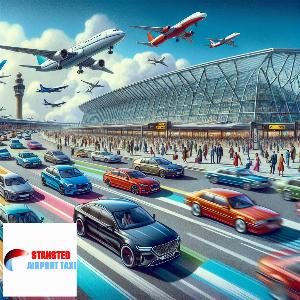
The Impact of Airline Revolution on Stansted Airport
The Airline Revolution has significantly impacted Stansted Airport, leading to increased passenger traffic and expanded services. This transformation has boosted the local economy, created jobs, an ...

The Role of Stansted Airport in Eco-Friendly Practices
Stansted Airport plays a pivotal role in eco-friendly practices, implementing measures like waste recycling, energy efficiency, and carbon offsetting. These initiatives contribute significantly to ...
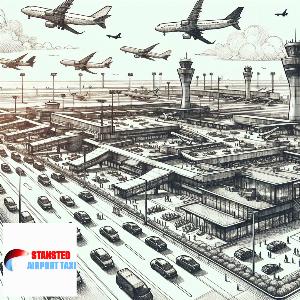
The Impact of Airline Alliances on Stansted Airport
Airline alliances significantly impact Stansted Airport by boosting passenger traffic and enhancing connectivity. They foster operational efficiency, increase flight frequency, and promote tourism, ...
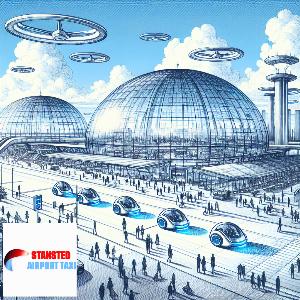
Stansted Airport: A Guide to the Offboarding Process
Stansted Airport ensures a smooth offboarding process for passengers. Clear signage guides you from the aircraft to immigration, baggage claim, and customs. Services like car rentals, public transp ...

The Role of Stansted Airport in Wildlife Conservation
Stansted Airport plays a crucial role in wildlife conservation, providing habitats for various species. Its management strategies include preserving surrounding woodlands and implementing measures t ...
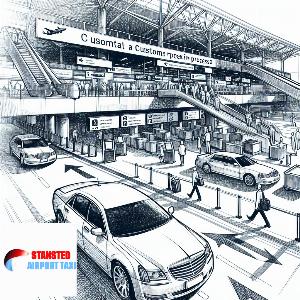
Stansted AirportA Guide to the Customs Process
Stansted Airport offers a streamlined customs process for travelers. Upon arrival, passengers are guided through passport control, baggage claim, and customs declaration. It's essential to declare a ...
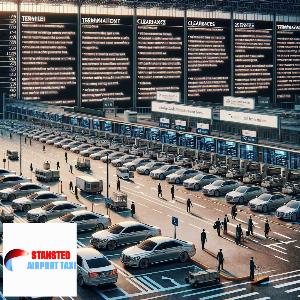
Stansted Airport: A Guide to the Termination Process
Stansted Airport provides a seamless termination process for travelers. The airport ensures efficient check-out procedures, clear signage for exits, and convenient transportation options. It's a tr ...
Blogs Pages
Stansted Airport: A Guide to the Communication Process

Blog about Stansted Airport: A Guide to the Communication Process...
The Role of Stansted Airport in Natural Resource Management

Blog about The Role of Stansted Airport in Natural Resource Management...
Stansted Airport: A Guide to the Cancellation Process
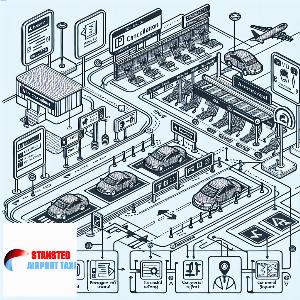
Blog about Stansted Airport: A Guide to the Cancellation Process...
Stansted AirportA Guide to Duty-Free Shopping

Blog about Stansted AirportA Guide to Duty-Free Shopping...
The Role of Stansted Airport in Environmental Awareness

Blog about The Role of Stansted Airport in Environmental Awareness...
Stansted Airport: A Guide to the Refund Process

Blog about Stansted Airport: A Guide to the Refund Process...
Stansted Airport: A Guide to the Change Management Process

Blog about Stansted Airport: A Guide to the Change Management Process...
The Role of Stansted Airport in Green Building
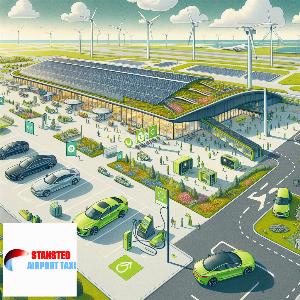
Blog about The Role of Stansted Airport in Green Building...
The Role of Stansted Airport in Energy Efficiency

Blog about The Role of Stansted Airport in Energy Efficiency...
Stansted Airport: A Guide to the Onboarding Process
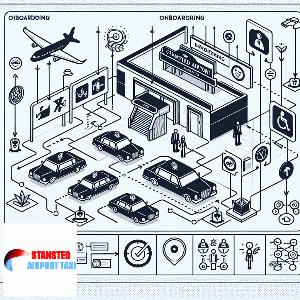
Blog about Stansted Airport: A Guide to the Onboarding Process...



